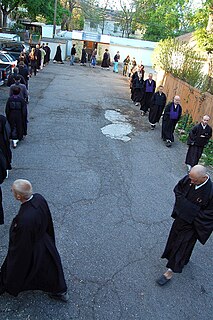 W
WZazen is a meditative discipline that is typically the primary practice of the Zen Buddhist tradition. The meaning and method of zazen varies from school to school, but in general it can be regarded as a means of insight into the nature of existence. In the Japanese Rinzai school, zazen is usually associated with the study of koans. The Sōtō School of Japan, on the other hand, only rarely incorporates koans into zazen, preferring an approach where the mind has no object at all, known as shikantaza.
 W
WAn asana is a body posture, originally and still a general term for a sitting meditation pose, and later extended in hatha yoga and modern yoga as exercise, to any type of position, adding reclining, standing, inverted, twisting, and balancing poses. The Yoga Sutras of Patanjali define "asana" as "[a position that] is steady and comfortable". Patanjali mentions the ability to sit for extended periods as one of the eight limbs of his system. Asanas are also called yoga poses or yoga postures in English.
 W
WA Daruma doll is a hollow, round, Japanese traditional doll modeled after Bodhidharma, the founder of the Zen tradition of Buddhism. These dolls, though typically red and depicting a bearded man (Bodhidharma), vary greatly in color and design depending on region and artist. Though considered a toy by some, Daruma has a design that is rich in symbolism and is regarded more as a talisman of good luck to the Japanese. Daruma dolls are seen as a symbol of perseverance and good luck, making them a popular gift of encouragement. The doll has also been commercialized by many Buddhist temples to use alongside the setting of goals.
 W
WFukan zazengi, also known by its English translation Universal Recommendation for Zazen, is an essay describing and promoting the practice of zazen written by the 13th century Japanese Zen monk Eihei Dōgen. The date of its composition is unclear, and the text evolved significantly over the author's lifetime. It is written in Classical Chinese rather than the Classical Japanese Dōgen used to compose his famous Shōbōgenzō.
 W
WIn Zen Buddhism, the keisaku is a flat wooden stick or slat used during periods of meditation to remedy sleepiness or lapses of concentration. This is accomplished through a strike or series of strikes, usually administered on the meditator's back and shoulders in the muscular area between the shoulder and the spine. The keisaku itself is thin and somewhat flexible; strikes with it, though they may cause momentary sting if performed vigorously, are not injurious.
 W
WWalking meditation, sometimes known as kinhin, is a practice within several forms of Buddhism that involve movement and periods of walking between long periods of sitting meditation. In different forms, the practice is common in various traditions of both Theravada and in Mahayana Buddhism.
 W
WYaza is a Zen Buddhist term for a sitting time during sesshin that is above and beyond the normal daily routine. It is generally encouraged because it is said to be more difficult to sit at this time when your body is exhausted from the entire day's routine.
 W
WA zafu or putuan is a round cushion. Although also a utilitarian accessory, it is best known for its use in zazen Zen meditation.
 W
WZendō (禅堂) or senbutsu-jō (選仏場) is a Japanese "meditation hall". In Zen Buddhism, the zen-dō is a spiritual dōjō where zazen is practiced. A full-sized Zen Buddhist temple will typically have at least one zen-dō as well as a hon-dō, which is used for ceremonial purposes, plus a variety of other buildings with different functions. However, any place where people go to practice Zen can be referred to as a zen-dō.